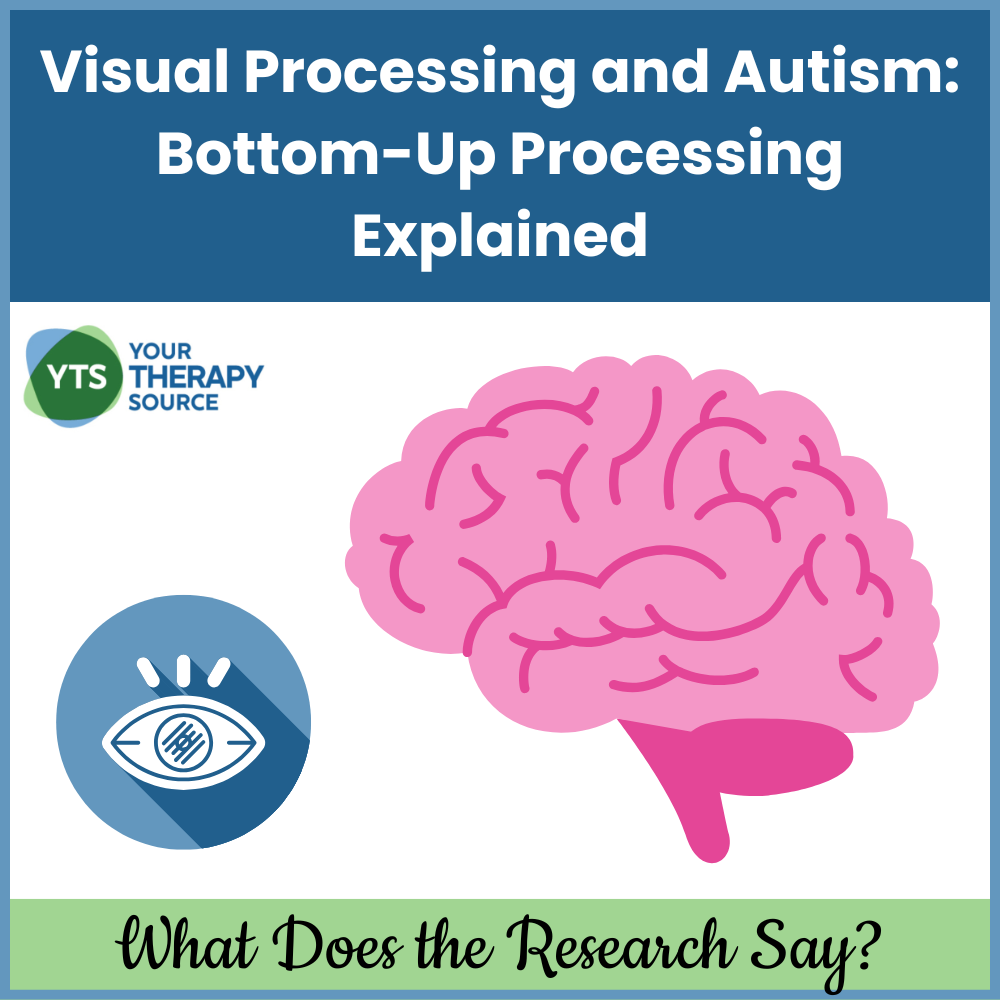Visual Processing and Visual Perceptual Skills: What’s the Difference?
Visual processing and visual perceptual skills are essential for learning, movement, and daily functioning, but they are not the same thing. Educators and therapists often use these terms interchangeably, yet they describe different parts of how the brain makes sense of what we see. Understanding this difference helps professionals identify challenges and support students more […]




